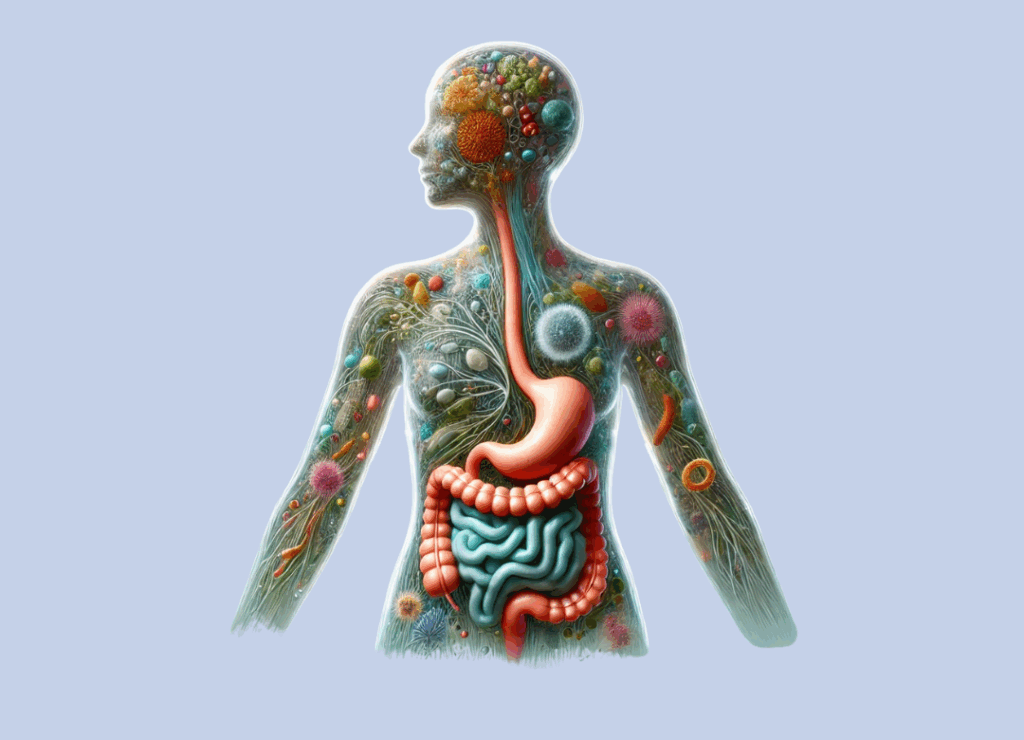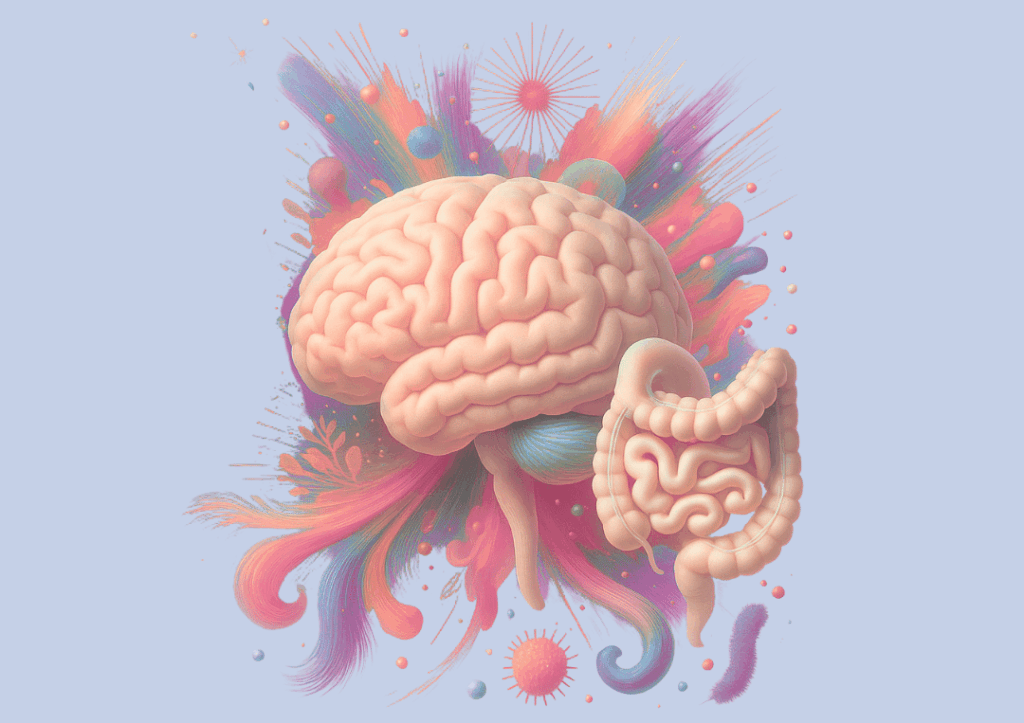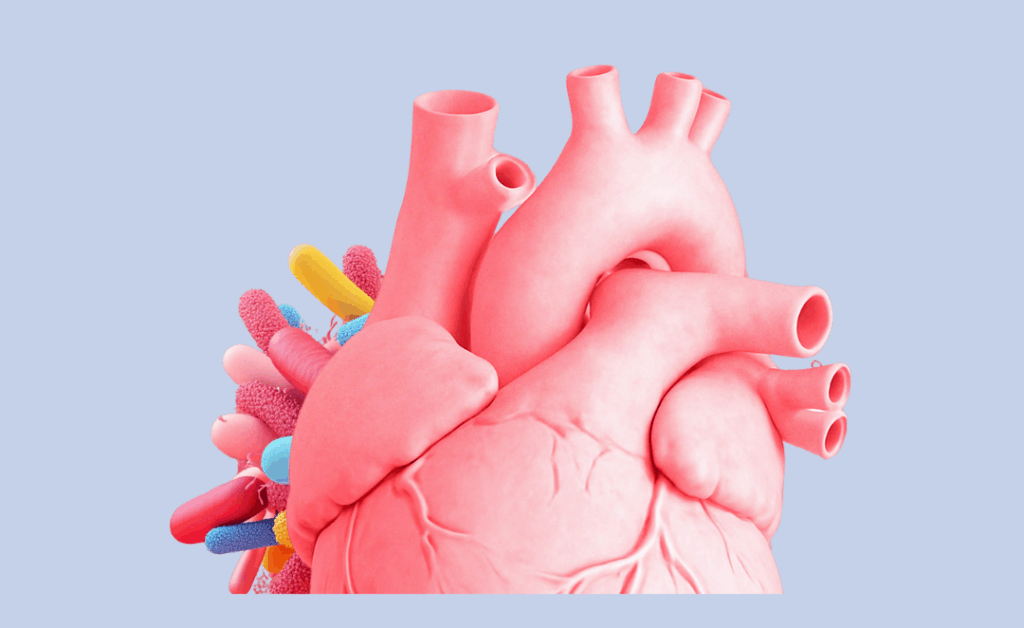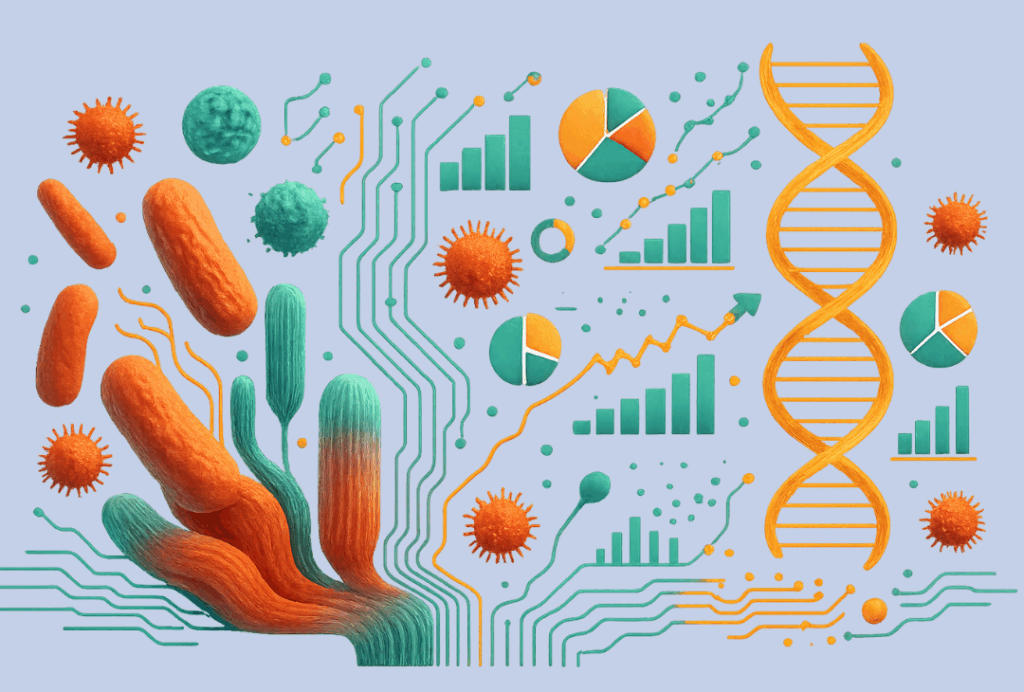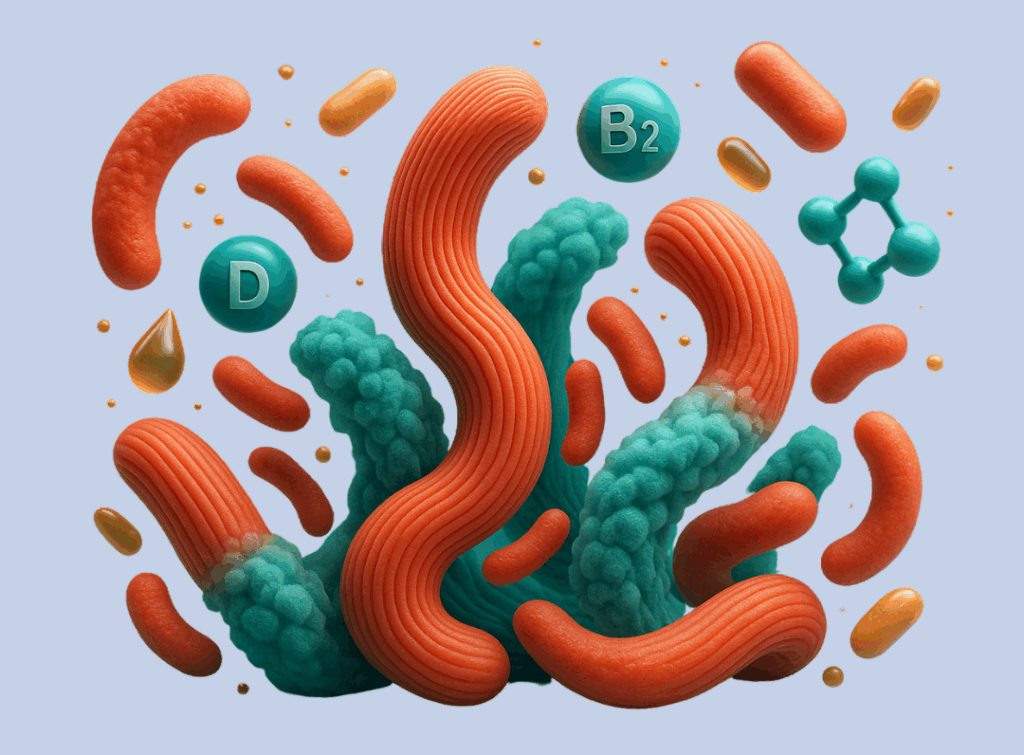A Complex Microbial Community
The human body is an intricate marvel of biological evolution, but beneath its surface lies a hidden world—a thriving ecosystem known as the human microbiome. Comprising trillions of microorganisms, including bacteria, fungi, viruses, and parasites, the human microbiome plays a pivotal role in maintaining homeostasis and influencing various aspects of human health.
The human microbiome encompasses a diverse array of microorganisms, primarily bacteria, but also including fungi, viruses, archaea, and eukaryotic parasites. However, microbial composition varies significantly between individuals, influenced by factors such as genetics, diet, age, and geographic location. Furthermore, microbial diversity and stability within the microbiome are crucial indicators of host health, with dysbiosis—imbalance or disruption of microbial communities—associated with various diseases.
Early Discoveries and Modern Advances
Studies of the human microbiome date back centuries, with early observations by Antonie van Leeuwenhoek highlighting microbial differences across body sites and individuals. Modern molecular techniques have revolutionised our understanding, revealing distinct microbial communities in different environments, particularly in the gut. These communities, shaped by coevolution with their hosts, exhibit remarkable diversity and stability, yet remain sensitive to environmental influences.
Worldwide initiatives such as the Human Microbiome Project have since tried to decode the roles and impacts of these symbiotic microbes. The Human Microbiome Project (HMP), initiated by the NIH in 2007, focuses on understanding the microbes associated with the human body. Its primary goals include creating resources for the research community, such as a reference database of human microbiome genome sequences, computational tools for analysis, and clinical protocols for sampling, helping to shed light on the microbiome’s integral role in human biology.
Beyond the Gut: Microbiota Across the Body
Initially regarded as mere inhabitants of the gut, research over the past decades has unveiled the ubiquitous presence of microbiota throughout various anatomical sites, including the skin, oral cavity, respiratory tract, and reproductive organs. These microorganisms form dynamic communities interacting with each other and the host organism, influencing physiological processes and health outcomes. Understanding the composition and function of the human microbiome is crucial for deciphering its role in health and disease and developing targeted interventions for personalised healthcare.
The human microbiome profoundly affects host physiology and health through a myriad of mechanisms. In the gastrointestinal tract, gut microbiota contribute to digestion and nutrient absorption, produce essential vitamins and short-chain fatty acids, and modulate the immune system. Additionally, the microbiome plays a crucial role in the development and function of the immune system, influencing immune tolerance, inflammation, and defence against pathogens. Beyond the gut, microbial communities in other anatomical sites contribute to skin health, oral hygiene, and reproductive health, underscoring the widespread impact of the microbiome on overall well-being.
The composition and stability of the human microbiome are subject to dynamic changes influenced by various factors. Diet is a primary determinant of microbial diversity and composition, with dietary patterns shaping the abundance of specific bacterial taxa. Lifestyle factors such as physical activity, stress, sleep, and medication use also impact the microbiome, highlighting the interconnectedness between human behaviour and microbial ecology. Understanding these interactions is crucial for deciphering the microbiome’s complex dynamics and implications for health.
A Microbial Path to Personalized Health
The human microbiome represents a fascinating and complex ecosystem within the human body, with far-reaching implications for health and disease. Through advancements in microbiome research, our understanding of its composition, function, and dynamics continues to evolve, paving the way for innovative approaches to personalised medicine and healthcare. By harnessing the therapeutic potential of the microbiome, we can unlock new avenues for disease prevention, diagnosis, and treatment, ultimately improving human health and well-being.
References:
Ursell, L. K., Metcalf, J. L., Laura Wegener Parfrey, & Knight, R. (2012). Defining the human microbiome. Nutrition Reviews, 70, S38–S44
NIH Human Microbiome Project – Home. (2016). Hmpdacc.org
The Integrative Human Microbiome Project. (2019). Nature, 569(7758), 641–648
